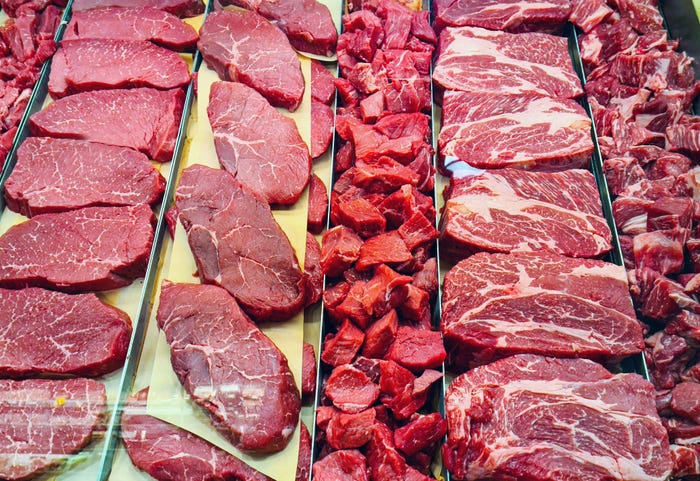thumbnail
Market news
LMIC, Farm Bureau call for USDA-NASS reconsideration of report cutsLMIC, Farm Bureau call for USDA-NASS reconsideration of report cuts
Changes proposed are significant and will impact all on some level.
Subscribe to Our Newsletters
BEEF Magazine is the source for beef production, management and market news.




































.png?width=300&auto=webp&quality=80&disable=upscale)

